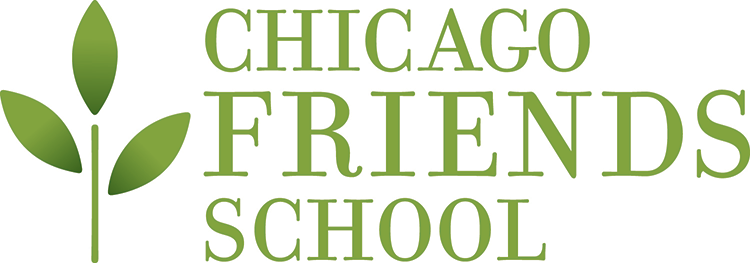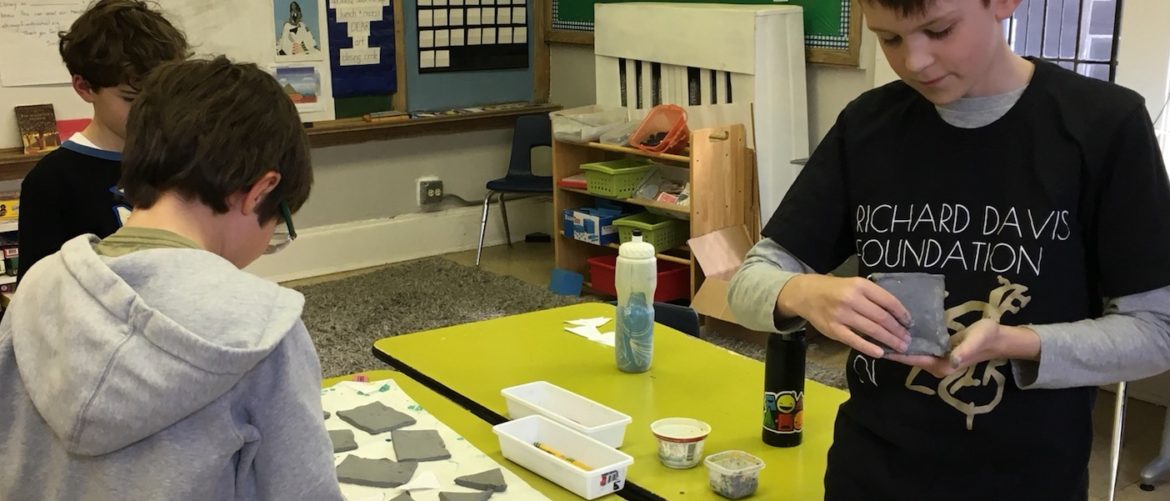3rd-5th grade science right now is focusing on the concept of plate tectonics and the structure of our planet.
We had two very different science lessons last week:
On Tuesday, the 3rd and 4th graders took part in a very simple experiment. I had collected some small rocks and wood chips during recess, and I got out some modeling clay as well—and we simply looked, very closely, at what happened when substances of the same or different firmness slowly collided. I didn’t tell my students at the beginning of the lesson how this related to what we’d been studying in science, and one of the things that I love about my class is that they are always ready to participate and to question, even when the subject seems so small. The kids took turns carefully pushing two objects against one another, and taking detailed notes on what they observed. (This also connects to our focus on informational writing in this final trimester—use lots of details but don’t add too many frills!) I was so impressed by the notes they took! And when, at the end of the lesson, I asked what subject that we’d been studying this might connect to, there was a moment of quiet thought, and then an outburst around the table of, “Plate tectonics!!!”
On Friday, when the 5th graders joined us, we practiced our note-taking skills again but in a different context. We watched a 7-minute BrainPop video on plate tectonics, and the students followed along using a simple template based on Cornell Notes: the left half of the paper was for notes, and the right half was for questions that come up for the writer as they thought about what they were learning. We paused frequently to discuss and to give students a chance to write things down, and the students were profoundly engaged by the chance to track their questions.
Once the video was over, I passed out descriptions of different types of earthquakes to small groups, and they had 5-10 minutes to create a demonstration for the class. They were so creative! The 5th graders drew diagrams of collapse earthquakes; the 4th graders used a spray bottle and sheets of paper to model a volcanic earthquake; and some of the 3rd graders built tectonic plates out of paper to show a tectonic earthquake, while others used a pencil and a sheet of paper to show an explosion earthquake. The kids had a lot of fun, and I look forward to reviewing the earthquake types—and answering their questions about plate tectonics—this week!


Renata McAdams
is our grade 3-4 classroom teacher. She has taught in a variety of public, charter, and independent schools, including a combined 3-5 classroom in Ann Arbor, Mich., for two years. Rentata graduated from Vassar College and received her M.S.Ed. from the University of Pennsylvania. She grew up in Oberlin, Ohio, and moved to Chicago from Philadelphia with her husband (then-fiancé) in August 2014.
In her free time, Renata enjoys singing, acting, dancing, and reading.